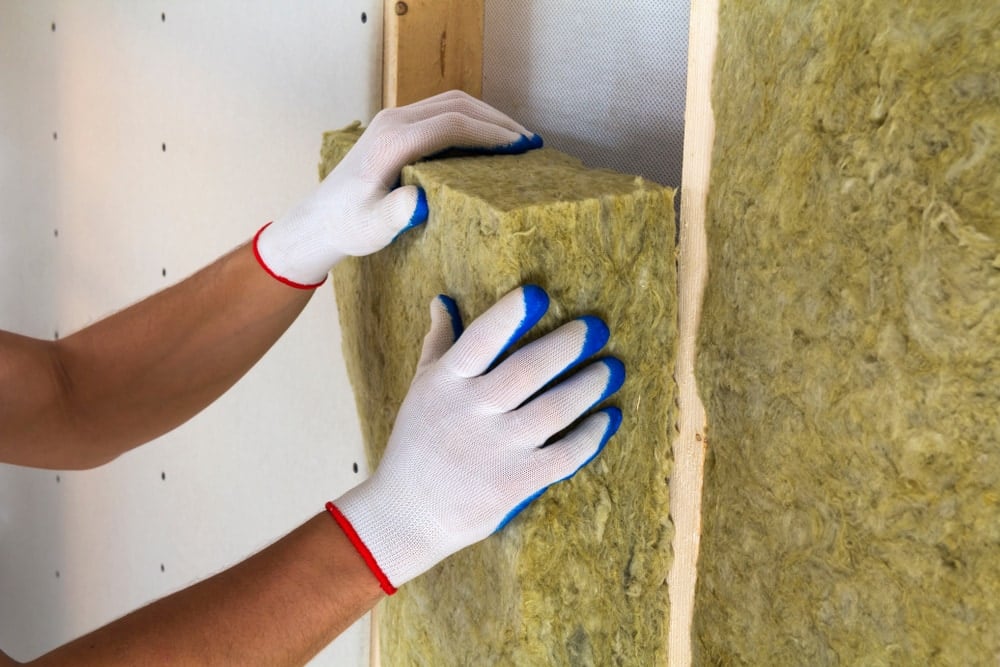A property care expect has identified five common problem areas that landlords should pay close attention to when inspecting their properties.
Awaab’s Law forces social landlords to investigate and fix damp and mould hazards within strict new timeframes, while midway through next year private landlords will have to abide by the same rules.
The tips to avoid falling foul of Awaab’s Law come from George Edwards, a damp and timber specialist and managing director at Timberwise.
1. Poor Pointing on Brickwork
Damaged or missing mortar allows rain to penetrate exterior walls, leading to penetrating damp that can spread indoors.
2. Bad or Blocked Vents
Without proper ventilation, condensation builds up — a key cause of damp and mould. Regularly clean and maintain air vents, extractor fans, and trickle vents.
3. Improperly Installed Roofing
Even a small roof leak can allow moisture to seep into timber, causing wet rot or dry rot. Regular roof checks can prevent major structural damage.
4. Poor Insulation
Inadequate insulation — especially in lofts or cavity walls — can create cold spots where condensation forms. Inspect insulation levels and replace damp or compressed materials.
5. Faulty or Blocked Guttering
Overflowing gutters and downpipes can direct water into walls, leading to penetrating damp that ruins both brickwork and interior finishes like plaster and wallpaper.
Edwards said: “Local authorities are already putting new damp and mould policies in place.
“Private landlords need to do the same. The best defence is prevention, act now, before problems arise.”
He added: “Being mindful of how you use the property — drying clothes indoors, closing off vents, or blocking airflow — all contribute to damp issues.
“When condensation can’t be avoided, ventilation is always the best control.”
